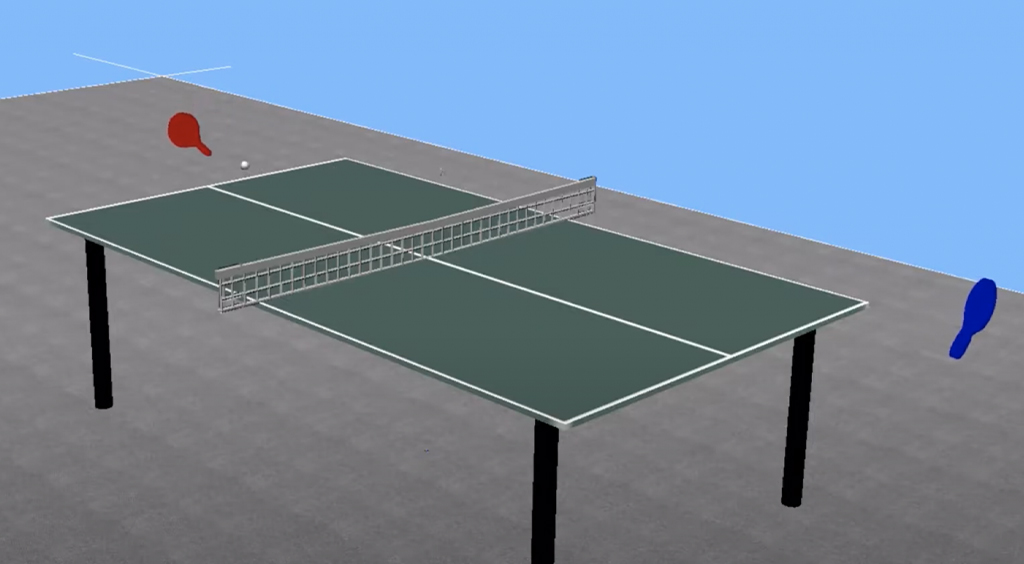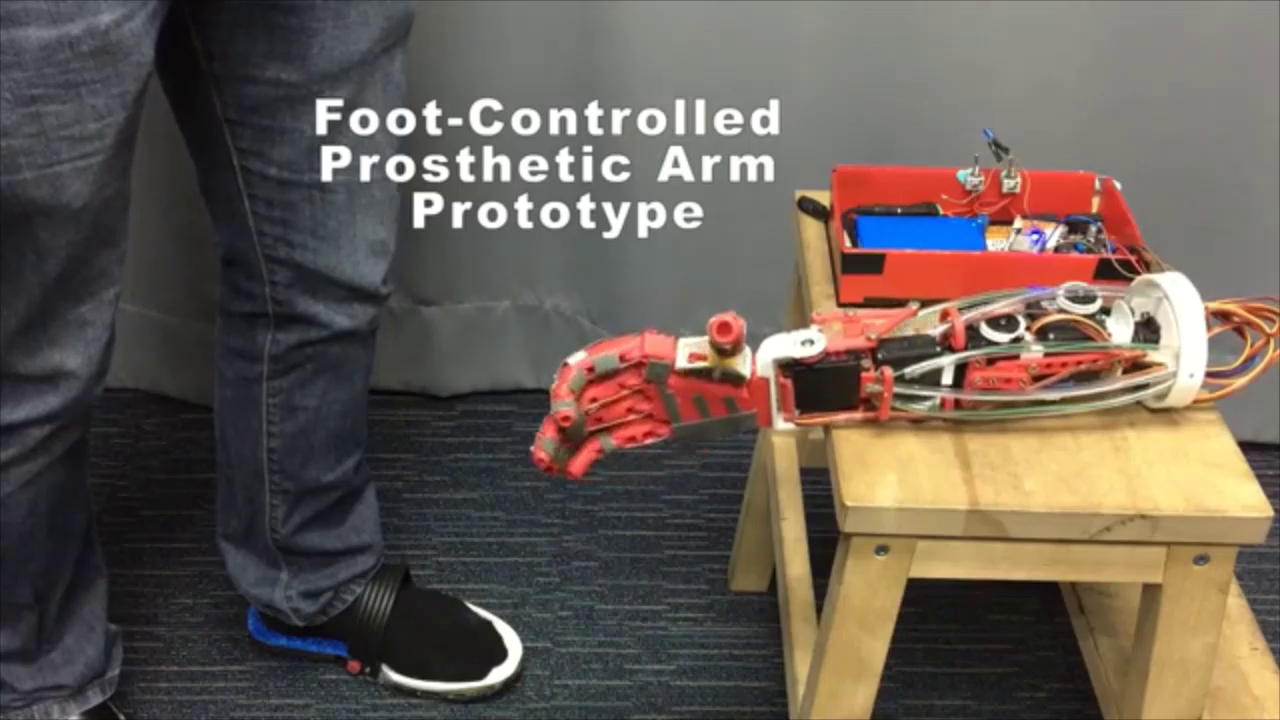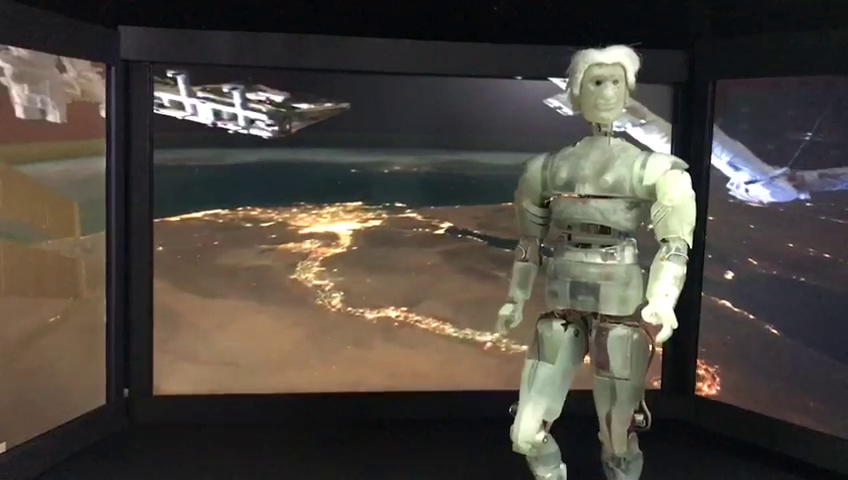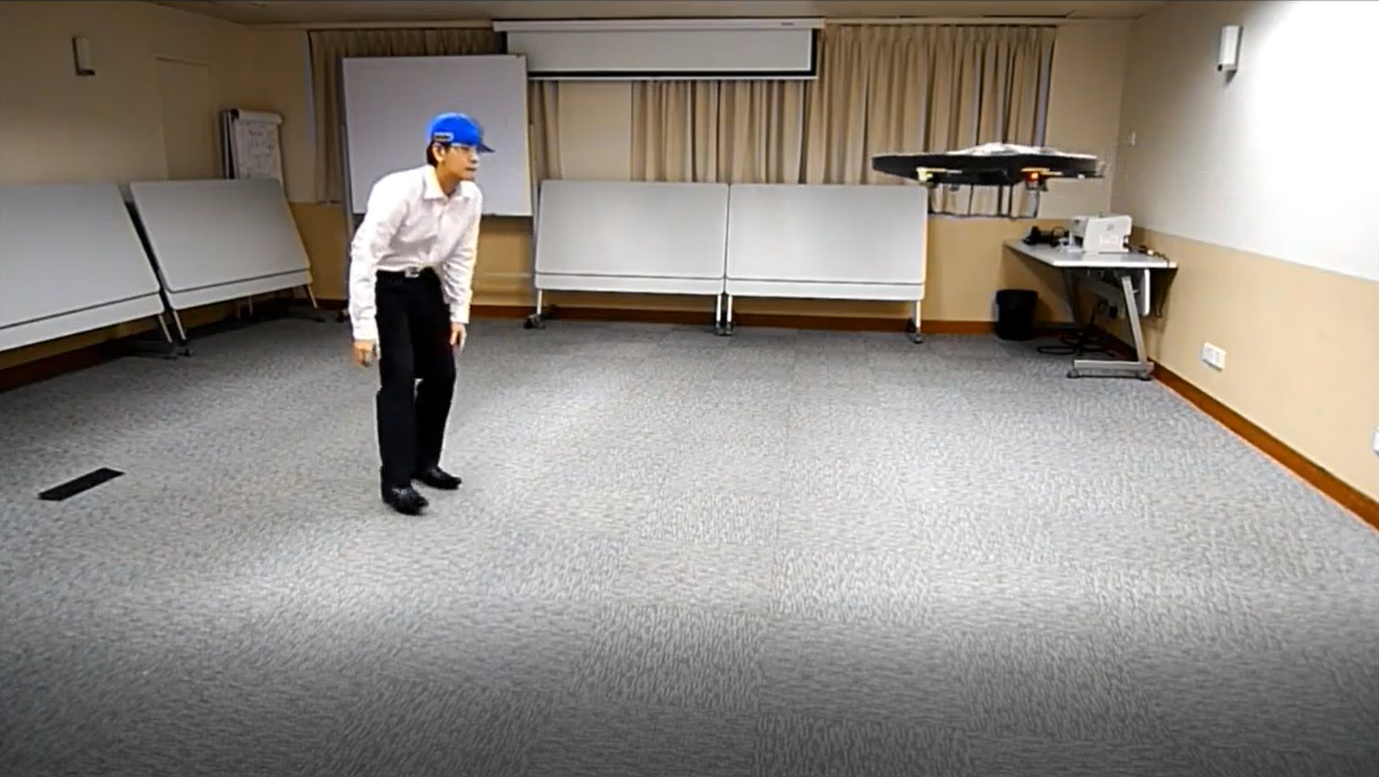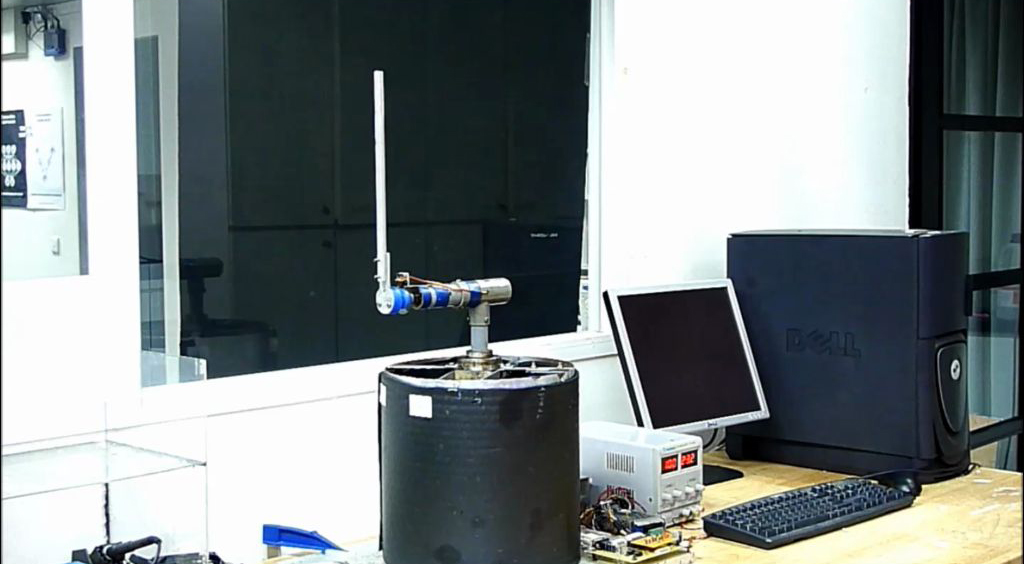
It's your choice.
NeuraBase
The Concept Behind It
NeuraBase™ technology enables machines to learn tasks using defined elementary neurons, such as sensor or motor neurons, mimicking essential elements of biological intelligence. Built upon a novel approach to constructing adaptive neural networks, NeuraBase™ offers unique capabilities that allow for the creation of networks significantly larger and faster than conventional neural models.
The global momentum in neuroscience is driven by the belief that the human brain stores and recalls meaningful associations of events – memories. Understanding the structure and associations behind these events could pave the way for replicating them, ultimately enabling the development of truly intelligent systems and devices.
NeuraBase™ is founded on an alternative theory of brain function. To achieve true Artificial General Intelligence (AGI), a system must continuously learn from new inputs while retaining and recalling prior knowledge.
Intelligent interactions with our environment occur in sequences. Hearing, for example, is a sequence of sounds; speech is a sequence of articulatory muscle movements; and vision is processed through a sequence of saccadic eye movements. Thus, the ability to learn and recognise these sequences is fundamental.
In NeuraBase™, sequences of events are encoded in a network of neurons, either spatially or temporally, organised hierarchically as a multi-level, multi-layer network. Each neuron represents a unique sequence of events and can be recalled by reactivating the same neurons involved in its creation, up to the elementary neuron level.
A single neuron can participate in thousands of associations with other neurons. The strength of each association is defined by synaptic weights. Depending on a set weight threshold, a neuron can express different associations. For instance, a neuron representing the phrase “Lucy is ” may be linked to neurons such as “playing ”, “sitting ” or “reading ”, allowing the system to generate sentences like “Lucy is playing ”, “Lucy is sitting ” or “Lucy is reading ”. Further associations, such as “on the ”, can compound this expression to form more complex sentences, even ones the system has never leant before. This demonstrates NeuraBase™’s inherent capacity for abstraction and creativity.
As more information is processed, NeuraBase™ becomes increasingly efficient. Fewer neurons are needed to store more data, as foundational building blocks already exist from earlier learning experiences. Frequently used neurons are reused, meaning the network depth does not need to be excessively large.
NeuraBase™ can be used to rapidly build neural networks ranging from 4 billion (using 32-bit pointers) to 280 trillion (using 48-bit pointers) neurons, with each neuron consisting of only four pointers, making it exceptionally memory-efficient. This allows for ultra-fast and highly accurate processing and mining of large-scale datasets.
Moreover, multiple NeuraBase™ models can be integrated into a multi-dimensional neural network, enabling multi-functionality. For example, a vision-based NeuraBase™ can be combined with a speech-based one, fusing visual and auditory capabilities into a single cohesive system. This presents exciting possibilities across various domains, including high-throughput language translation, bioinformatics, robotic control, speech, semantic analysis, reinforcement learning, and more.
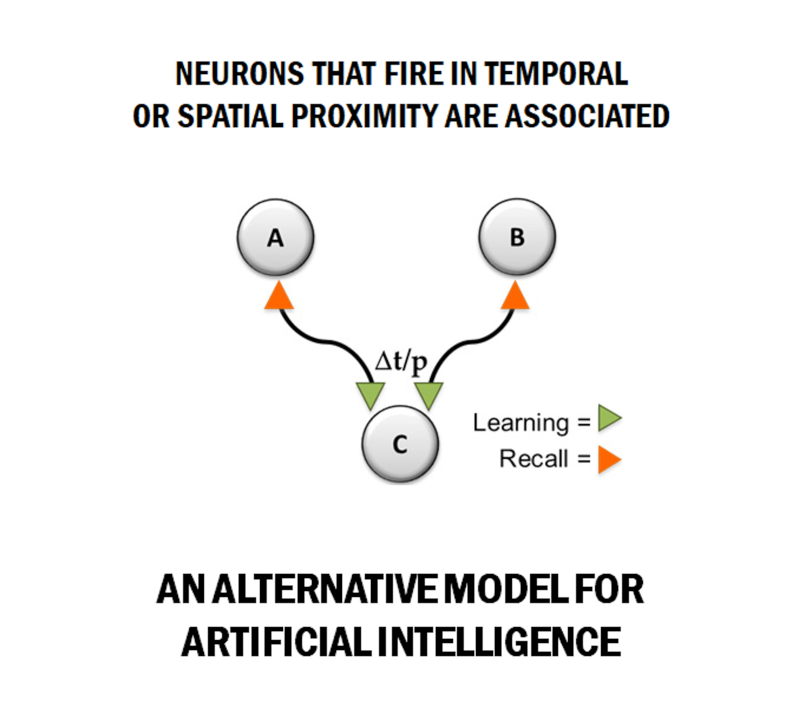

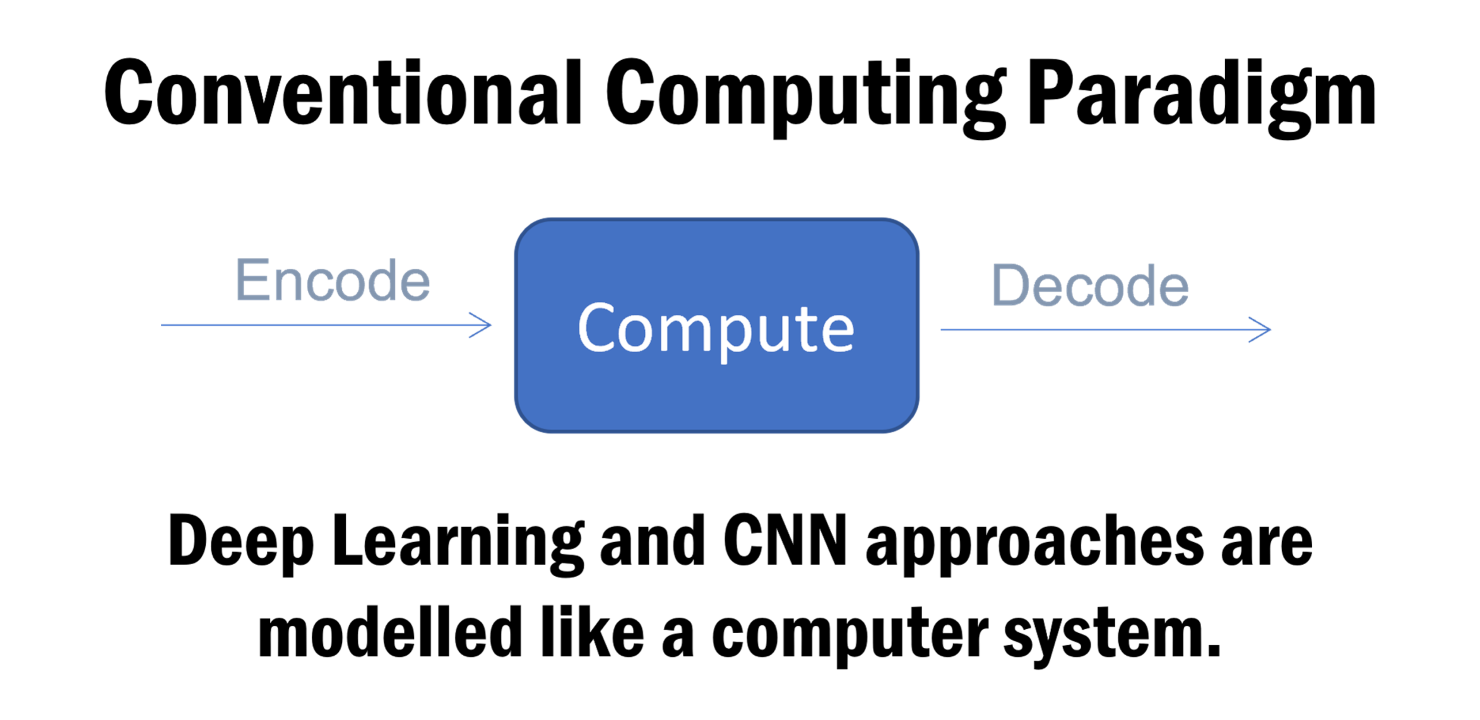


Projects
Company
Neuramatix has been researching, developing and commercialising neuronal technologies powered by a proprietary neural engine called NeuraBase™. This approach provides the ability for machines to learn pattern from data and to express information in much the same way as the human brain learns, stores, retrieves, and expresses information.
Key Management

Robert Hercus
Founder & Managing Director
Robert earned his BSc (Hons) Degree in Information Science from Monash University. He has over 40 years’ experience in Information Science, specialising in large-scale computing infrastructure and computationally intensive projects.
This includes hardware and software development, military systems development, overseeing implementation of the IT infrastructure and development of the Touch ‘n Go prepaid card in Malaysia (the first in the world for tolls and multi-company settlement).
Robert is the developer of the NeuraBase™ technology which is the basis for most of the applications developed by Neuramatix and its subsidiary companies. He was also the Managing Director and co-founder of Malaysian Genomics Resource Centre Bhd (MGRC), one of Asia’s leading providers of genome sequencing and analysis, and genetic screening services.
As Founder and Director, Robert Hercus provides overall leadership for technology development and business enhancement of the Group. He provides consultative advice on all aspects of the Group’s operations.
Contact Us
The NeuraBase technology is available for anyone to license either on a research basis or a commercial basis. Please email us at enquiries@neuramatix.com to express your interest in our technology and we will get back to you.



